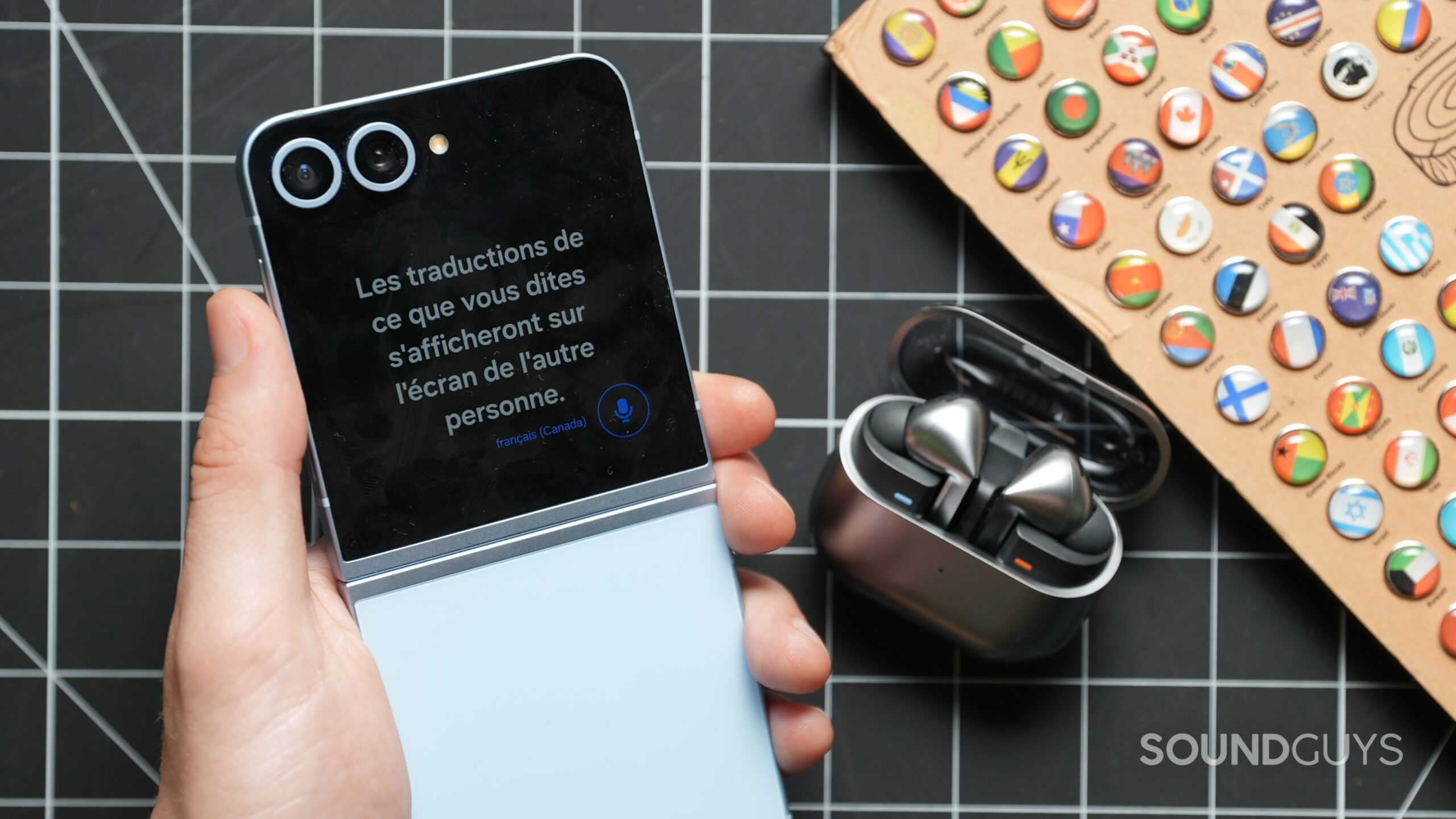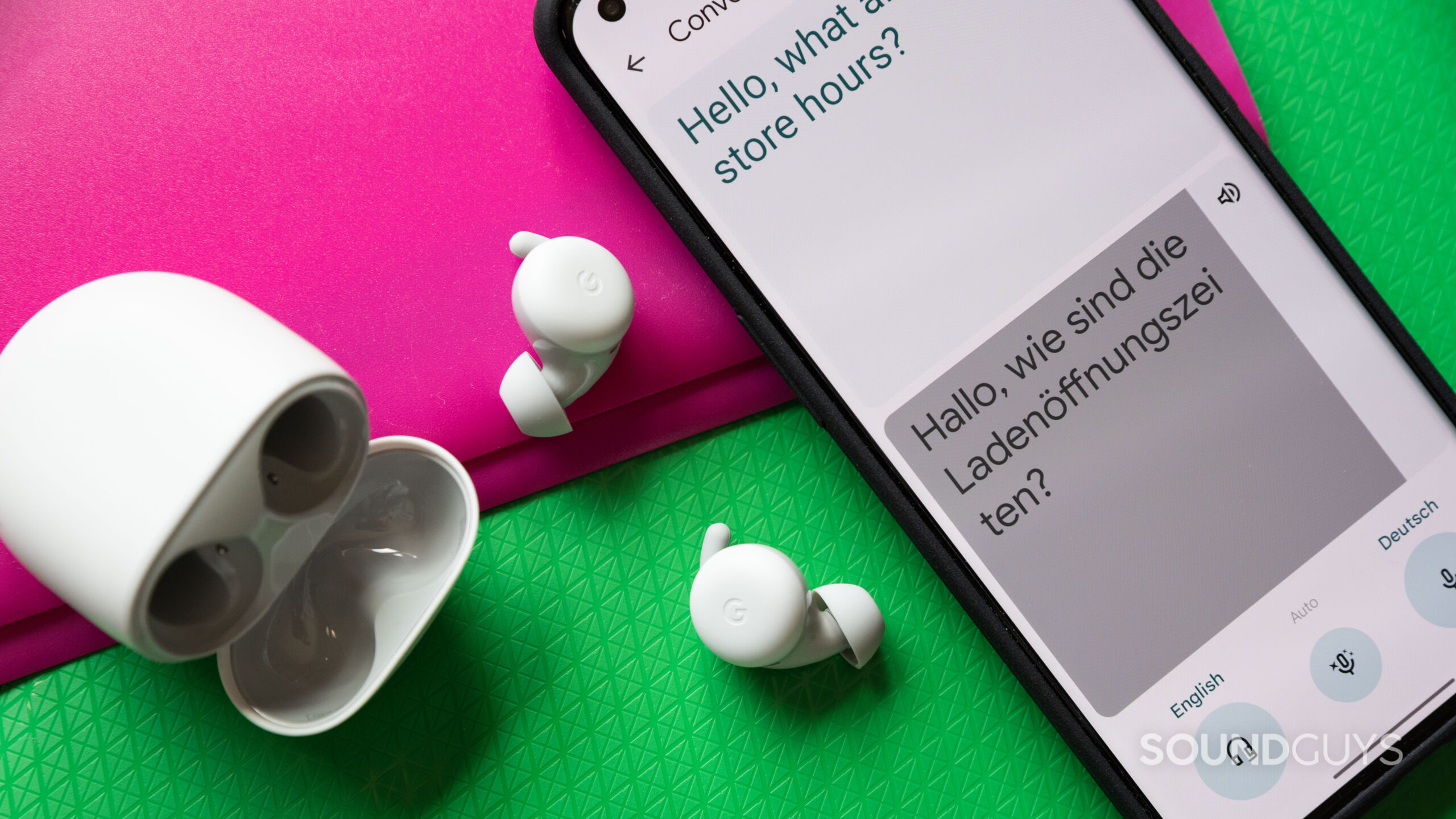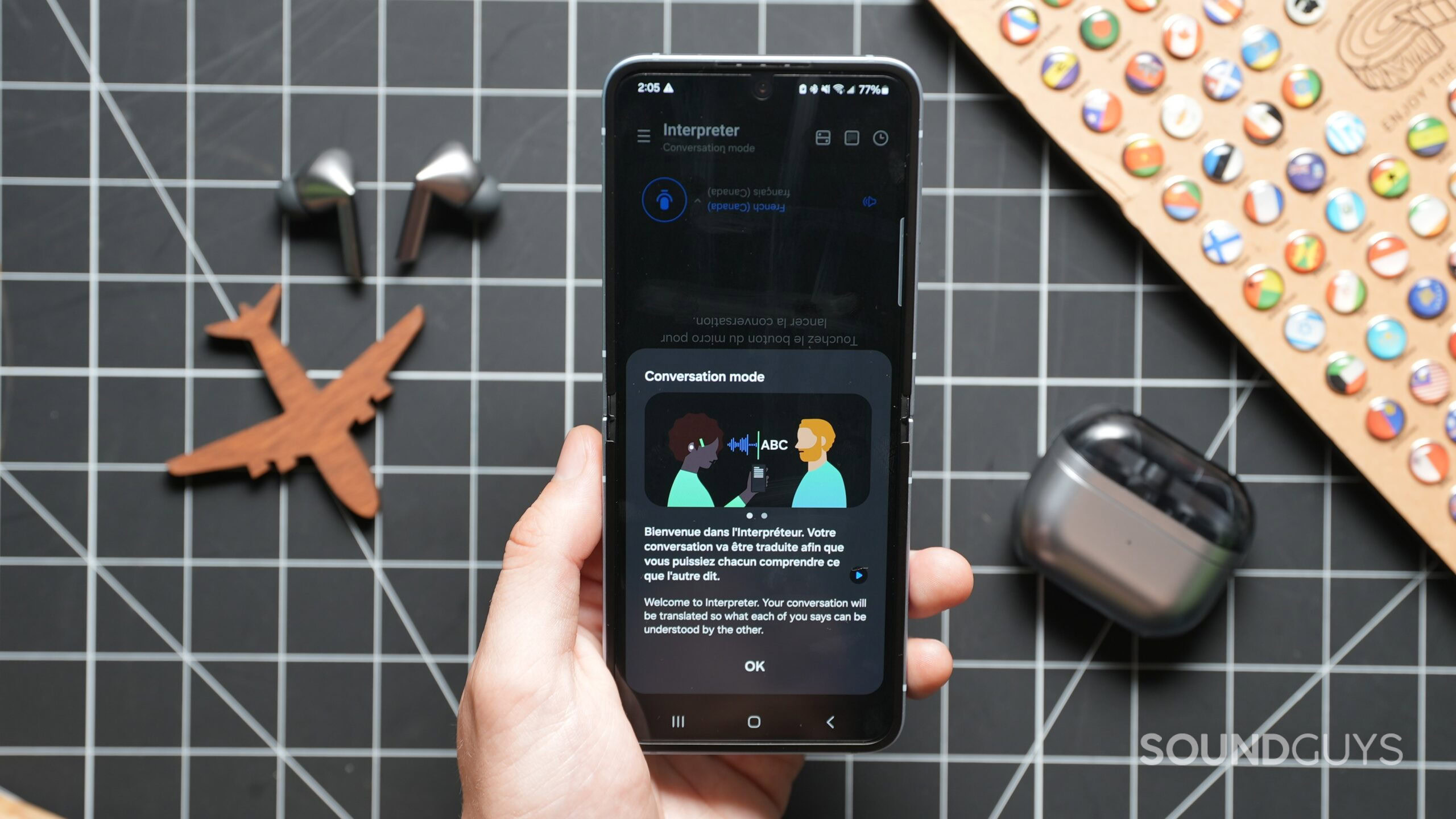All products featured are independently chosen by us. However, SoundGuys may receive a commission on orders placed through its retail links. See our ethics statement.
Why dedicated translation earbuds won't survive
Published onFebruary 13, 2025

The translation earbud market is having its MP3 player moment — and just like dedicated music players were eventually swallowed by smartphones, these single-purpose devices are about to be made obsolete by mainstream wireless earbuds. While the promise of Star Trek-style universal translators has driven interest in dedicated translation earbuds, the reality is that this functionality is rapidly becoming just another feature in premium wireless earbuds from established audio brands.
Would you buy translation earbuds?
The appeal is obvious: who wouldn’t want a device that could instantly translate foreign languages in real-time? This dream has driven considerable interest in dedicated translation earbuds, with various startups and smaller companies rushing to market with translation-focused products. However, these devices often compromise on what earbuds do best — delivering the best sound quality and noise canceling capabilities — in pursuit of a single headline feature.
One-trick earbuds with mediocre sound? No thanks.
A quick glance at what’s flooding Amazon right now raises eyebrows. We have knockoff AirPods paired with bulky control modules (If you’re pulling out a separate device anyway, why not just use your phone?) and earbuds with awkward charging cases that split open like an egg. To me, these no-name brands seem more focused on gimmicky translation features than creating usable earbuds. You’re essentially paying for a smartphone translation app trapped in an awkward earbud form factor.
The good news is there’s a better way. Major players are already integrating translation capabilities into their flagship earbuds. The writing is on the wall: Samsung’s Galaxy Buds 3 Pro introduced real-time AI language translation with Interpreter. Google’s Pixel Buds have long-featured tap controls to activate Google Translate — an app that you could use with any pair of earbuds, by the way, and download languages to translate offline with. Even smaller audio brands like EarFun will incorporate AI translation features into upcoming budget-friendly models.
But the biggest domino has yet to fall: once Apple inevitably brings live-translation features to AirPods, it will effectively seal the fate of translation-only devices. AirPods are the best-selling earbuds, after all, accounting for nearly 35% of the US market share. Why buy something new if the device you already own is likely to get that feature?

We’re seeing a similar pattern play out in the hearing aid market. As soon as Apple announced hearing enhancement features to their AirPods Pro 2, it suddenly questioned the need to purchase a dedicated hearing aid, which costs several hundred dollars more. Premium earbuds now serve both purposes while offering better overall functionality.
Dead on arrival: translation earbuds never stood a chance.
The traditional barriers between consumer audio devices and assistive technology are breaking down, with hearing aids serving as a telling example. But while hearing aids represent a long-established market that earbuds are gradually disrupting, translation earbuds face an even starker fate — they’re becoming obsolete before they’ve even had a chance to get off the ground.
The reality is that companies like Samsung, Apple, and Google can leverage years of audio engineering expertise, established relationships with chip manufacturers, robust software development capabilities, and existing ecosystem integration. Translation-only devices from companies with names you’ve never heard of simply can’t compete.

As AI language models continue to improve, real-time translation will become an expected feature rather than a defining characteristic. Just as noise cancelation evolved from a novelty to a standard feature, translation capabilities will be another checkbox on the spec sheet of premium earbuds. Ultimately, I think that’s a net positive for consumers.
The future of translation technology isn’t in dedicated hardware — it’s in software features that can be deployed across any capable audio device. For consumers in the market today, the choice is clear: invest in quality wireless earbuds from established manufacturers who are already integrating translation features.
FAQs
Yes, but with significant limitations. Most translation earbuds rely on cloud processing, which means you need a stable internet connection. They work best in quiet environments with clear speech, and there’s usually a noticeable delay. The accuracy varies by language pair and complexity of the conversation.
Translation earbuds use built-in microphones to capture speech, which is then processed either on-device or through cloud-based AI translation services. The translated audio is played back through the earbuds. Most require a companion smartphone app and internet connection to function.
Yes, the Galaxy Buds3 Pro supports real-time translation through Samsung’s Interpreter feature, supporting over a dozen languages, including Chinese, French, English, German, Japanese, Korean, Spanish, and Thai.